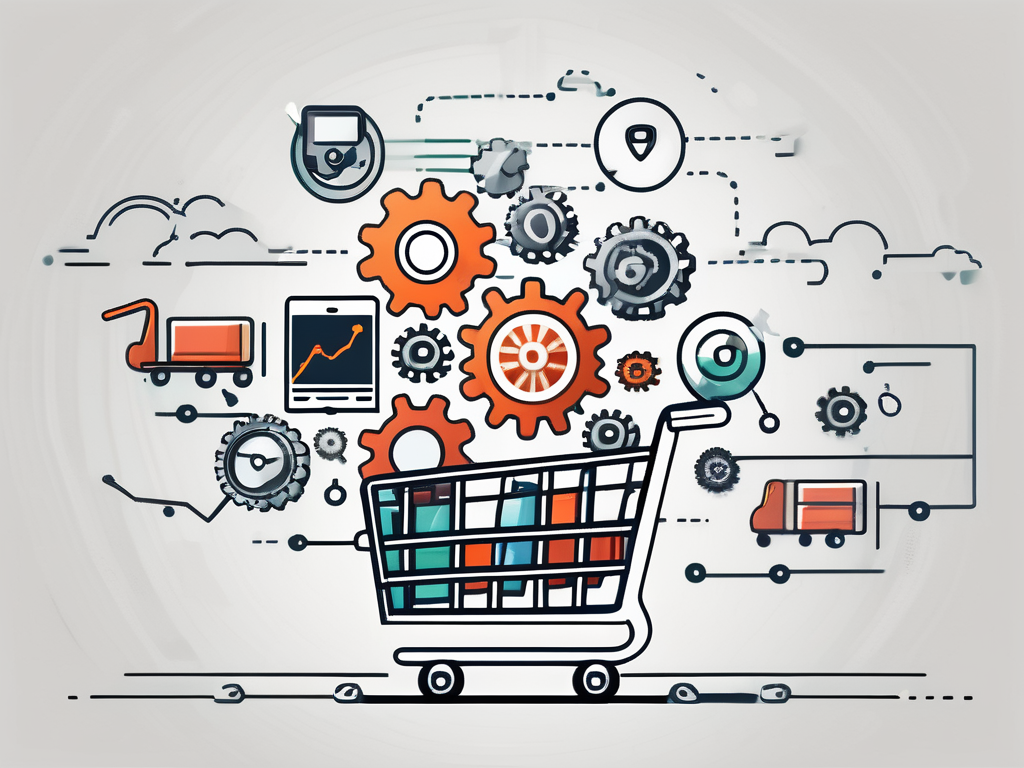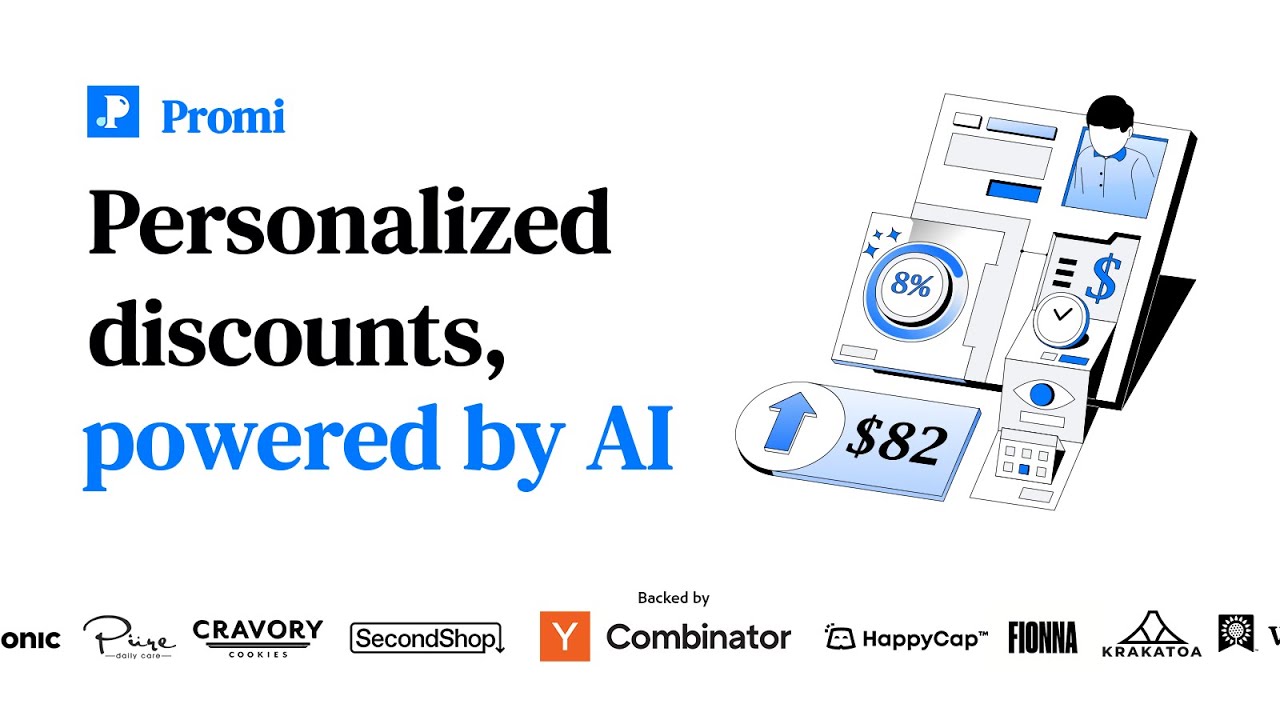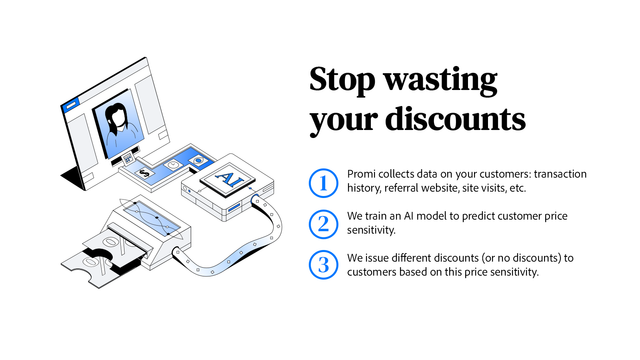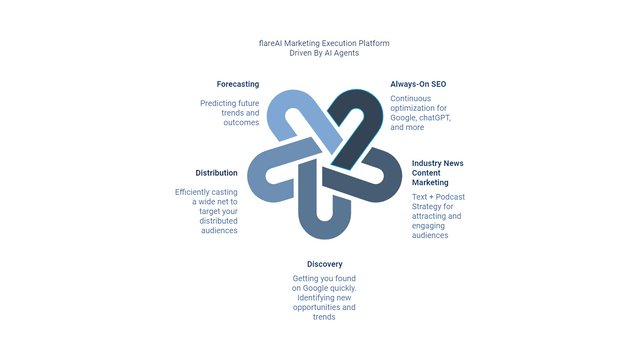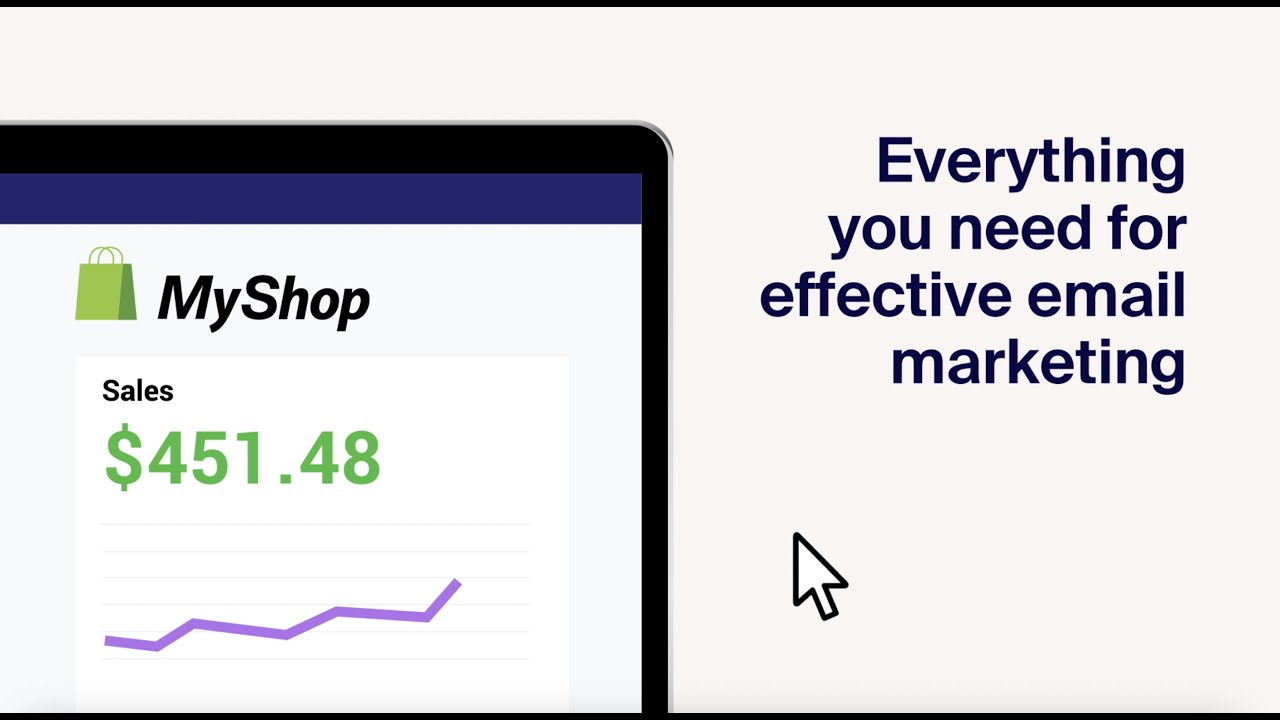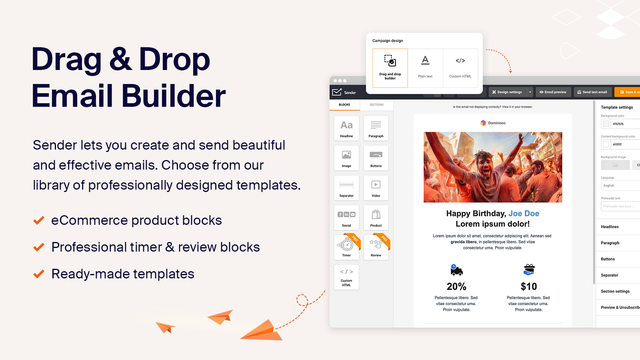In the competitive world of ecommerce, having a high conversion rate is essential for the success of your online business. A conversion rate refers to the percentage of visitors who take a desired action, such as making a purchase or signing up for a newsletter, on your website. Boosting your ecommerce conversion rate requires a strategic approach and the implementation of proven strategies that have been shown to drive results. In this article, we will explore the importance of conversion rates in ecommerce, how to calculate your conversion rate, and share proven strategies to help you optimize your ecommerce website.
Understanding Ecommerce Conversion Rates
Before diving into the strategies to boost your ecommerce conversion rate, it's important to understand why conversion rates matter in the first place.
Conversion rates serve as a key indicator of your online business's performance. They provide insights into the effectiveness of your marketing efforts, website design, user experience, and overall sales funnel. By tracking and improving your conversion rate, you can identify areas that need attention and make data-driven decisions to optimize your ecommerce website.
When it comes to ecommerce, conversion rates are crucial because they directly impact your bottom line. A high conversion rate means more sales and revenue for your business. It indicates that your website is successfully turning visitors into customers. On the other hand, a low conversion rate suggests that there may be barriers preventing visitors from completing a purchase, such as confusing navigation, slow loading times, or lack of trust signals.
Now that we understand the importance of conversion rates in ecommerce, let's take a closer look at how to calculate your conversion rate.
The Importance of Conversion Rates in Ecommerce
Conversion rates serve as a key indicator of your online business's performance. They provide insights into the effectiveness of your marketing efforts, website design, user experience, and overall sales funnel. By tracking and improving your conversion rate, you can identify areas that need attention and make data-driven decisions to optimize your ecommerce website.
When it comes to ecommerce, conversion rates are crucial because they directly impact your bottom line. A high conversion rate means more sales and revenue for your business. It indicates that your website is successfully turning visitors into customers. On the other hand, a low conversion rate suggests that there may be barriers preventing visitors from completing a purchase, such as confusing navigation, slow loading times, or lack of trust signals.
Conversion rates also provide valuable insights into the effectiveness of your marketing efforts. By tracking the conversion rates of different marketing channels, you can determine which ones are driving the most qualified traffic and generating the highest number of conversions. This information allows you to allocate your marketing budget more effectively and focus on strategies that deliver the best return on investment.
Furthermore, conversion rates can help you evaluate the performance of your website design and user experience. A well-designed and user-friendly website is more likely to convert visitors into customers. By analyzing your conversion rates, you can identify any design or usability issues that may be hindering the conversion process and take steps to improve them.
How to Calculate Your Ecommerce Conversion Rate
Calculating your ecommerce conversion rate is a straightforward process. Simply divide the number of conversions (e.g., purchases) by the total number of visitors to your website and multiply the result by 100 to get the conversion rate percentage.
Conversion Rate = (Number of Conversions / Total Number of Visitors) * 100
For example, if your website had 500 conversions out of 10,000 visitors, your conversion rate would be:
Conversion Rate = (500 / 10,000) * 100 = 5%
It's important to note that conversion rates can vary significantly depending on your industry, target audience, and the specific goals of your website. What may be considered a high conversion rate in one industry may be average or low in another. Therefore, it's essential to benchmark your conversion rate against industry standards and continuously strive for improvement.
Proven Strategies to Boost Your Ecommerce Conversion Rate
When it comes to running a successful ecommerce business, boosting your conversion rate is essential. A higher conversion rate means more sales and ultimately, more revenue. In this article, we will explore some proven strategies that can help you optimize your ecommerce website and increase your conversion rate.
Optimizing Your Website Design
Your website design plays a crucial role in influencing visitors' purchasing decisions. A visually appealing and user-friendly website can significantly improve your conversion rate. So, how can you optimize your website design to achieve this?
Firstly, make sure to use clear and compelling product images. High-quality images that showcase your products from different angles can help potential customers get a better understanding of what they are buying. Additionally, consider using images that evoke emotions or convey the benefits of your products.
Secondly, focus on creating an intuitive navigation system. A website with a confusing or cluttered navigation menu can frustrate visitors and lead to high bounce rates. Make sure your website's navigation is easy to understand and allows users to find what they are looking for quickly.
Lastly, ensure that your website has a responsive layout that is mobile-friendly. With the increasing use of smartphones and tablets for online shopping, it is crucial to provide a seamless browsing experience across different devices. A responsive design will adapt to different screen sizes and resolutions, making it easier for users to navigate and make purchases.
Enhancing Product Descriptions and Images
Well-written product descriptions and high-quality images are powerful tools to persuade potential customers to make a purchase. To enhance your product descriptions, consider providing detailed and accurate information about your products.
Highlight the features, benefits, and unique selling points of each product. This will help customers understand why they should choose your product over your competitors'. Additionally, consider including customer reviews and ratings to build trust and credibility.
When it comes to product images, make sure to use high-resolution images that showcase your products from different angles. This will give customers a clear view of what they can expect. Consider investing in professional product photography or using 3D rendering techniques to create visually appealing images.
Streamlining the Checkout Process
A complicated and lengthy checkout process is a common reason for cart abandonment. To minimize friction and increase conversions, it is crucial to streamline your checkout process.
One way to achieve this is by implementing a guest checkout option. Many customers prefer not to create an account or go through a lengthy registration process. By offering a guest checkout option, you can make it easier for them to complete their purchase without any unnecessary steps.
Another way to streamline the checkout process is by pre-filling forms with stored customer information. If a customer has previously made a purchase on your website, you can save their information and use it to pre-fill the checkout forms. This will save them time and effort, making the overall experience more convenient.
Additionally, providing multiple payment options can cater to diverse customer preferences. Some customers prefer to pay with credit cards, while others may prefer alternative payment methods like PayPal or Apple Pay. By offering a variety of payment options, you can accommodate different customers and increase the likelihood of completing a purchase.
Lastly, display progress indicators during the checkout process. This will give customers a clear understanding of how many steps are involved and where they are in the process. Also, communicate any additional costs, such as taxes or shipping fees, upfront to eliminate any surprises during the checkout process.
Utilizing Email Marketing for Retention
Email marketing is an effective strategy to nurture relationships with your existing customer base and encourage repeat purchases. By implementing personalized email campaigns, you can offer exclusive promotions, recommend related products, and gather feedback to improve the customer experience.
Segmentation is key when it comes to email marketing. By targeting specific customer groups based on their past purchases or browsing behavior, you can ensure that your emails are relevant and engaging. For example, if a customer has recently purchased a laptop from your website, you can send them emails about laptop accessories or software updates.
Personalization is also important in email marketing. Addressing customers by their first name and tailoring the content of your emails to their interests can make them feel valued and increase the chances of them taking the desired action, whether it's making another purchase or referring a friend.
Implementing Effective Call-to-Action
A strong and well-placed call-to-action (CTA) can significantly impact your conversion rate. A CTA is a prompt that encourages visitors to take a specific action, such as "Buy Now" or "Sign Up for Our Newsletter."
When creating CTAs, use compelling and action-oriented language that creates a sense of urgency. For example, instead of using a generic "Submit" button, you can use "Get My Discount Now" or "Claim Your Free Trial." Experiment with different colors, placement, and wording to find what resonates best with your target audience.
Conducting A/B testing is an effective way to compare the performance of different CTAs. By creating two versions of a webpage or email with different CTAs and measuring the conversion rates, you can identify which CTA is more effective and iterate based on the results.
In conclusion, optimizing your ecommerce website requires careful attention to detail. By focusing on website design, enhancing product descriptions and images, streamlining the checkout process, utilizing email marketing for retention, and implementing effective call-to-action, you can boost your conversion rate and drive more sales. Remember, continuous testing and improvement are key to achieving long-term success in the competitive world of ecommerce.
Measuring the Success of Your Conversion Rate Strategies
Tools for Tracking Ecommerce Conversion Rates
There are various tools available that can help you track and measure your ecommerce conversion rates. Google Analytics is a popular option that provides comprehensive insights into your website's performance, including conversion tracking. Implement tracking codes and set up goals to monitor specific actions, such as purchases or email sign-ups. Regularly analyze the data collected to identify trends, patterns, and areas that require improvement.
Interpreting Conversion Rate Data
When analyzing your conversion rate data, it's essential to consider various factors that may impact your results. Look beyond the overall conversion rate and delve deeper into specific pages, traffic sources, or customer segments. Identify pages with low conversion rates and identify potential bottlenecks or areas for improvement. Compare conversion rates across different marketing campaigns to determine the effectiveness of each channel. By understanding the nuances behind the data, you can make more informed decisions to optimize your conversion rate.
Making Adjustments Based on Conversion Rate Analysis
Regularly review your conversion rate data and make data-driven adjustments to optimize your strategies. If certain product descriptions or images are generating higher conversions, replicate that approach across your website. Consider conducting user testing or surveys to gather qualitative feedback to supplement quantitative data. Continuously iterate and refine your strategies based on insights gained from your conversion rate analysis.
Overcoming Common Ecommerce Conversion Rate Obstacles
Addressing Shopping Cart Abandonment
Shopping cart abandonment is a significant challenge for ecommerce businesses. Reduce cart abandonment by implementing trust symbols, such as secure payment badges or money-back guarantees, to alleviate potential concerns. Send cart abandonment reminder emails to customers who have left items in their carts, offering incentives or discounts to encourage them to complete their purchase. Simplify the checkout process and provide a transparent summary of the items in the cart throughout the browsing experience.
Dealing with High Bounce Rates
A high bounce rate indicates that visitors are leaving your website without taking any action. To reduce bounce rates, ensure that your website loads quickly and is optimized for different devices. Improve the relevance of your landing pages by aligning them with the corresponding keywords and ad copy. Provide clear and concise information that matches visitors' expectations and immediately communicates the value proposition of your products or services.
Improving Customer Trust and Security
Building trust with your customers is essential for increasing conversions. Display trust signals, such as customer reviews and ratings, security certificates, and industry affiliations prominently on your website. Clearly communicate your privacy policy and data protection measures to alleviate any privacy concerns. Offer a hassle-free return and refund policy to assure customers that their satisfaction is your top priority.
Boosting your ecommerce conversion rate requires a holistic approach that combines optimized website design, persuasive copywriting, seamless user experience, and data-driven analysis. By implementing the proven strategies outlined in this article and continuously monitoring and adjusting your approach, you can boost your ecommerce conversion rate and drive sustainable success for your online business.
Ready to take your Shopify store to the next level? Let Owlfred, your wise owl companion from OwlMix, guide you to the perfect tools for success. With our extensive directory of innovative Shopify apps, you're just a click away from finding the ideal solution to enhance your online business. Whether you're focused on marketing, sales, or streamlining operations, our tailored browsing experience makes it easy to discover apps that will help boost your ecommerce conversion rate. Don't miss out on the opportunity to optimize your store with the most relevant and effective apps. Find your next Shopify app today and watch your business soar!


